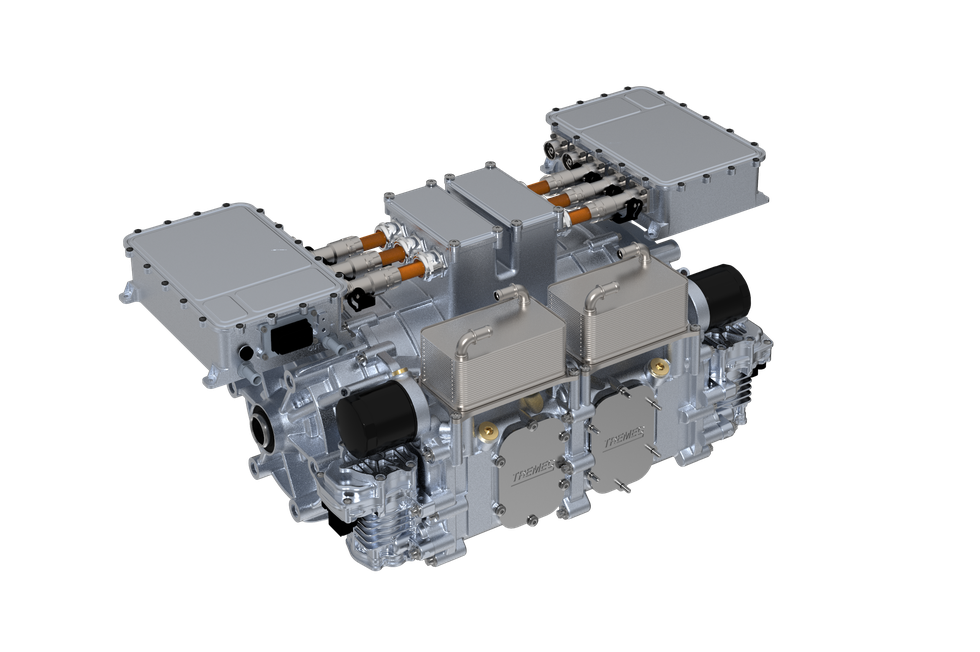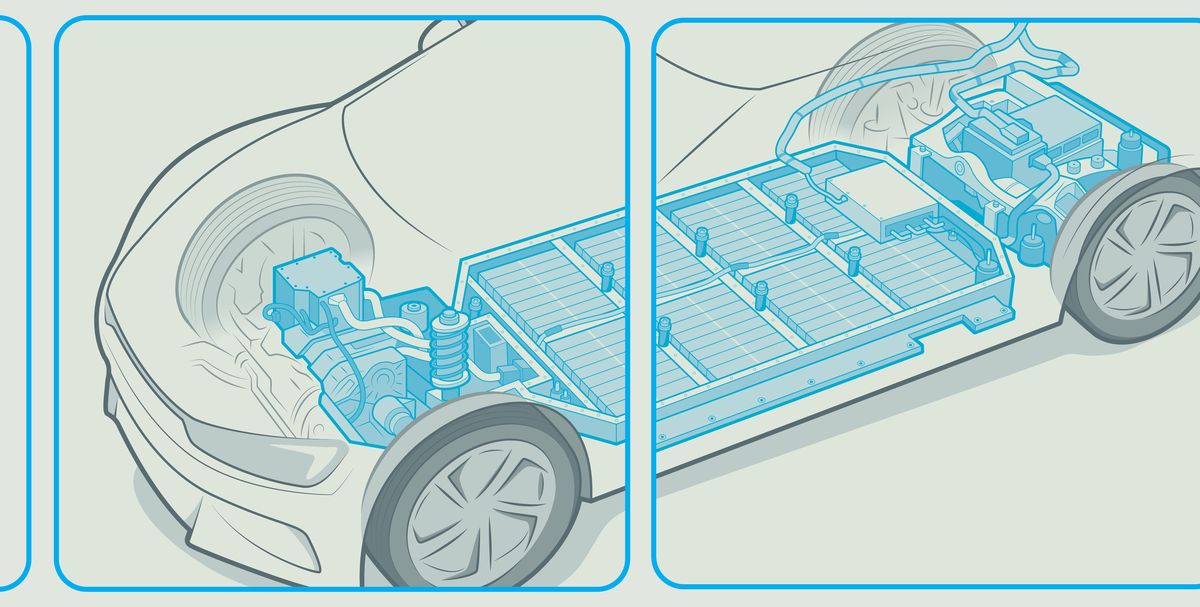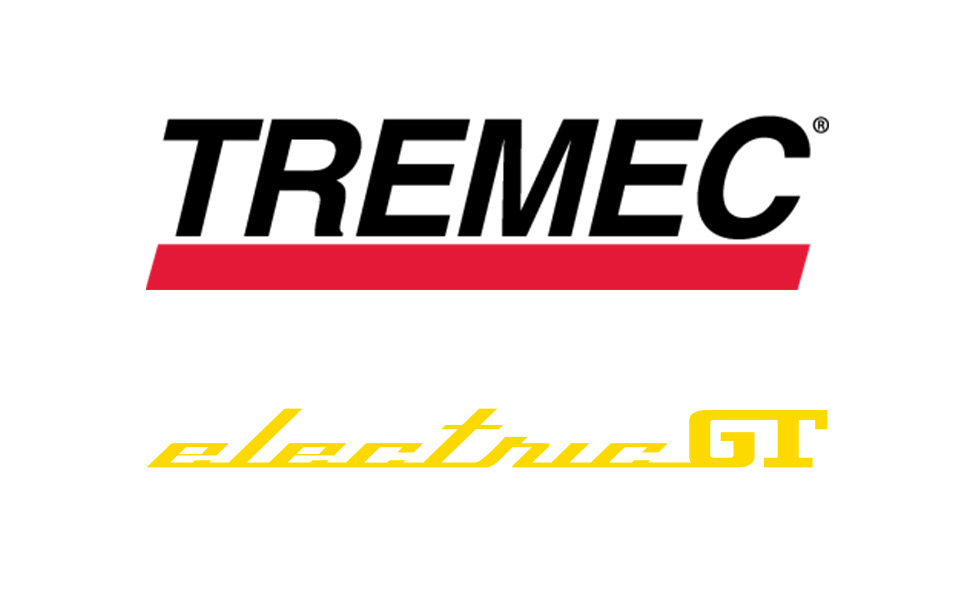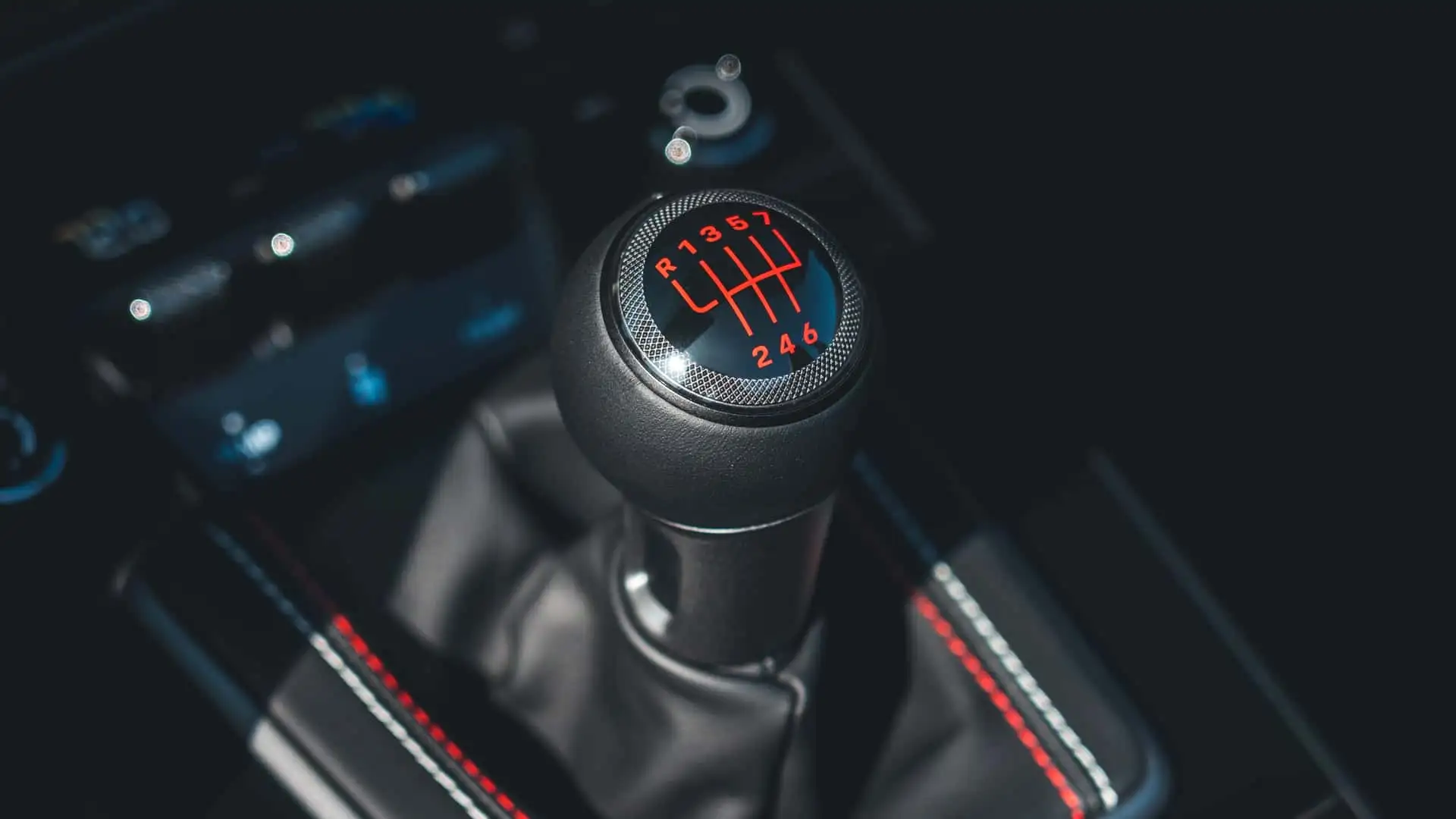
Why Building a Modern Manual-Transmission Car Is So Complicated
Motor1.com / March 1, 2024 / Chris Perkins
The manual transmission is a simple device. Take this 1936 GM educational video on how they work; All the basics still apply. Hell, a manual transmission is one of the only modern car components that doesn’t have its own ECU.
The transmission itself might be basic, but building a manual-transmission car is extremely complex. And I’m not just talking about making the business case for a niche option sold only to true believers (in America, at least). Frankly, plugging a manual transmission into a modern car requires some weird engineering.
Drive-by noise regulations affect gear-ratio selection, for example. As a hypothetical, if a car has to be below a certain noise threshold at 35 mph, you can simply program the car to use a higher gear. In a manual car, you obviously can’t.
“The ECU is in the driver’s seat,” says Michael Rosler, head of Porsche’s 911 product line.
So you’ve got to pick gear ratios that keep the engine at lower rpm for a given speed to satisfy those noise requirements.
Noise emissions are a problem, as are particle emissions. An SAE paper published last year by researchers at France’s Nantes University and Renault notes that in manual transmission cars, driver behavior has a huge effect on emissions performance.
“[R]esults suggest the importance of minimizing gear-shift duration to reduce both fuel consumption and exhaust emissions,” according to the study. Obviously that’s a very easy thing to do with an automatic, but with a manual, you’ve got that pesky human variable.
Rosler says it requires a lot of work on the powertrain side of development, making sure the engine has the right controls to deal with these issues. Porsche must hit increasingly strict emissions targets while also providing the utmost drivability for its customers. A lot of modern manual cars have “rev hang,” when the engine maintains speed even after the driver pushes in the clutch pedal. Normally, this unburned fuel would enter the combustion chamber, enriching the air-fuel mixture and increasing emissions. Holding the throttle open combusts the fuel, reducing emissions. To make a modern manual car that doesn’t do this while also meeting emissions requirements is hard. Rosler says it requires a lot of development work on calibration to achieve this.
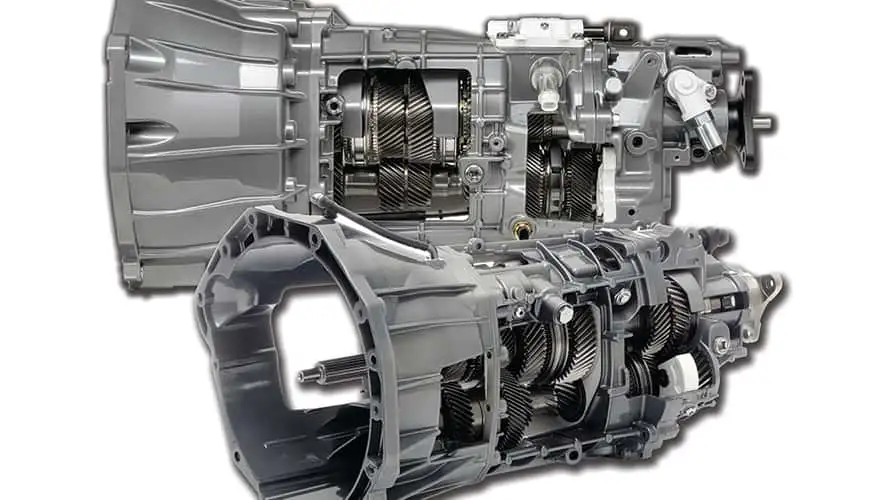
The basic hardware design of a manual transmission might not have changed that much over the years, but that belies a lot of the detail work that goes into designing a manual gearbox. “For every application what we get from the customers is the design book,” says Raul Rayas, director of engineering at tier-one supplier Tremec. “This design book is very very extensive, sometimes 200 pages of requirements.”
Rayas says that automakers want performance—shift quality, speed, torque capability—reliability, durability, and efficiency. (Efficiency in a transmission refers to how much power is lost between the engine and output shaft.) Building a reliable, durable, and efficient gearbox that’s pleasant to use requires huge investment. It’s why Tremec’s TR6060 has been on the market for years, itself a derivative of the long-running T56; there’s a lot of work lavished on improving the details.
“We have designed gears with very low inertia,” Rayas says. “This helps to improve efficiency and as well helps to have a better shift quality because there is less mass to be synchronized in both upshifts and downshifts.”
And on the efficiency side, Rayas says that while most automakers require between 90 and 95 percent, he’s seen as high as 97 percent in testing.
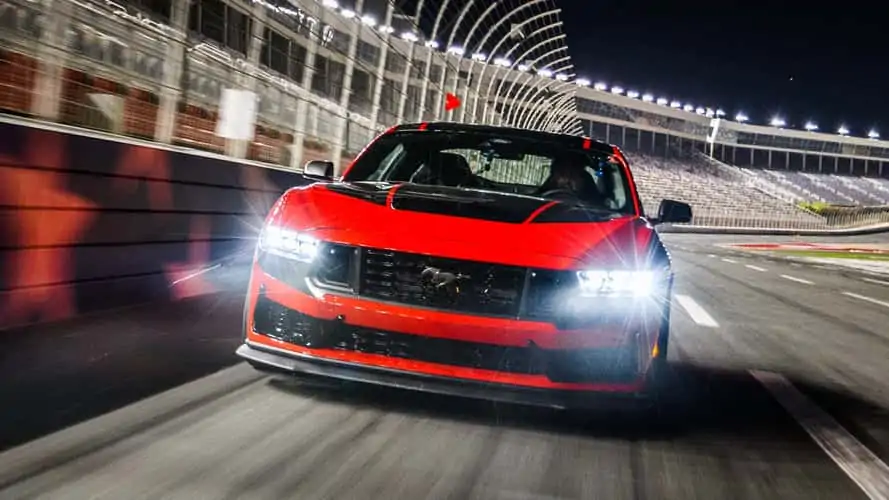
“[W]e have the latest software, the simulation tools to design transmissions,” he adds. “We can evaluate the virtual prototypes ahead of the hardware that will prove out that our designs are good. And one of the things that we have seen is that our correlation between the virtual prototypes and the real prototypes is very close.”
That design stage is important, and it plays into how to make the business case for what is ultimately a small amount of transmissions in the big scheme of things. Developing and running all that software is expensive, but it can save a lot of cost down the line.
In its bid to save costs, Porsche actually co-developed the 911’s seven-speed manual transmission alongside the first generation of PDK, its dual-clutch transmission.
“[W]e developed the [first-generation] PDK as a manual transmission,” Rosler says. “So the hardware is pretty much the same stuff except for the hydraulics.”
This represented what Rosler describes as a “big, big” investment from Porsche years ago—PDK debuted in the facelifted 997-generation 911 in 2008, while the 991-generation 911, equipped from the off with PDK, arrived in 2011—but one that’s paid off. He proudly shares that currently, around 50 percent of rear-drive Carrera GTS sales in the US are manual cars.
Generally, the take rate for manual Porsches is strong over here, much more so than in other markets. And given that the US is Porsche’s biggest sports-car market, that translates to a significant amount of cars. Still, there’s a question on whether or not sales here and elsewhere justify sticking with the manual long-term.
Volkswagen is dropping the manual transmission in the Golf with the recently facelifted Mk 8.5 version of the car. While the EU’s ultra-strict Euro 7 (noise and particle) emissions standards were pushed back from 2025 to 2027, VW developed the Mk 8.5 to meet the standard earlier. For some combination of cost, emissions performance, and low sales, it decided to ditch the manual. Despite the fact that a large number of GTIs and Golf Rs sold in the US are manuals.
Manual-transmission stalwarts BMW even proclaimed that diehards should buy their stick-shift M cars while they still have a chance; They’ll be phased out of BMW’s lineup in the near future.
This doesn’t necessarily mean the same thing for Porsche, it’s not apples-to-apples. But many of the same factors are at play here, and relatively strong sales don’t necessarily justify a manual on their own.
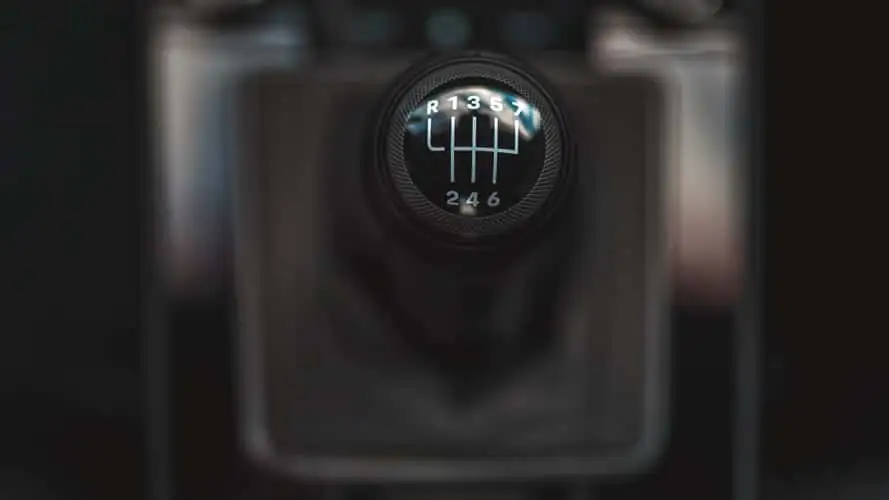
Rosler hopes the stick will stick around though. So much of his job is involved in software these days, getting back to pure mechanical objects is a pleasure.
“These mechanical things are like a classic watch for me… and as we can see, there are customers for that. They like these mechanical things,” he says. “I hope we can keep it a little bit in the future.”

